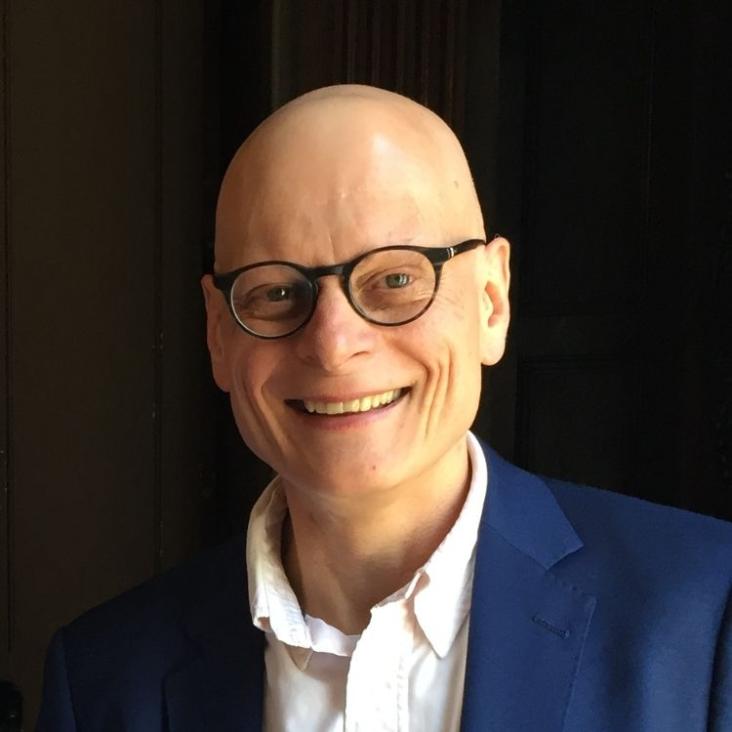Detector-agnostic phase-space distributions
Physical Review Letters American Physical Society 124:1 (2020) 013605
Abstract:
The representation of quantum states via phase-space functions constitutes an intuitive technique to characterize light. However, the reconstruction of such distributions is challenging as it demands specific types of detectors and detailed models thereof to account for their particular properties and imperfections. To overcome these obstacles, we derive and implement a measurement scheme that enables a reconstruction of phase-space distributions for arbitrary states whose functionality does not depend on the knowledge of the detectors, thus defining the notion of detector-agnostic phase-space distributions. Our theory presents a generalization of well-known phase-space quasiprobability distributions, such as the Wigner function. We implement our measurement protocol, using state-of-the-art transition-edge sensors without performing a detector characterization. Based on our approach, we reveal the characteristic features of heralded single- and two-photon states in phase space and certify their nonclassicality with high statistical significance.Optimal coherent filtering for single noisy photons
Physical Review Letters American Physical Society 123:21 (2019) 213604
Abstract:
We introduce a filter using a noise-free quantum buffer with large optical bandwidth that can both filter temporal-spectral modes as well as interconvert them and change their frequency. We theoretically show that such quantum buffers optimally filter out temporal-spectral noise, producing identical single photons from many distinguishable noisy single-photon sources with the minimum required reduction in brightness. We then experimentally demonstrate a noise-free quantum buffer in a warm atomic system that is well matched to quantum dots. Based on these experiments, simulations show that our buffer can outperform all intensity (incoherent) filtering schemes for increasing indistinguishability.Testing multi-photon interference on a silicon chip
Optics Express Optical Society of America 27:24 (2019) 35646-35658
8×8 reconfigurable quantum photonic processor based on silicon nitride waveguides.
Optics Express Optica Publishing Group 27:19 (2019) 26842-26857
Quantum interference enables constant-time quantum information processing
Science Advances American Association for the Advancement of Science (AAAS) 5:7 (2019) eaau9674


